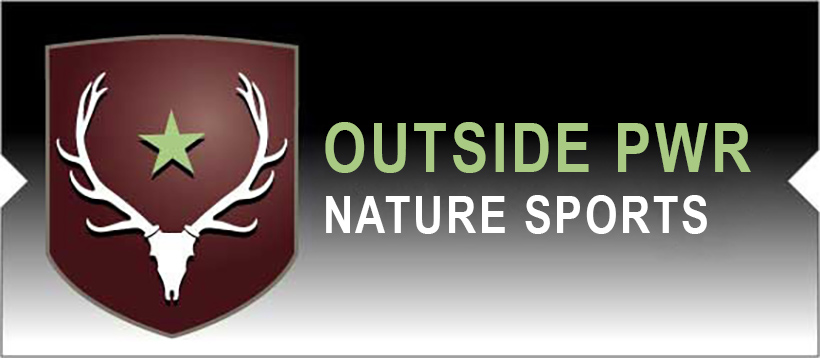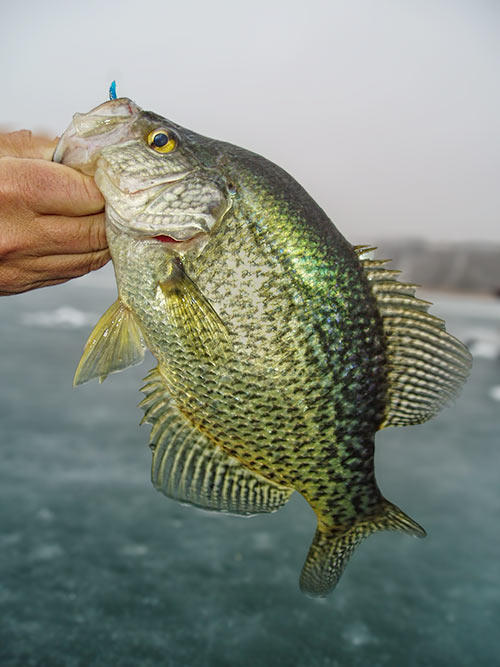Should the DNR manage more catch and release lakes? Particularly small lakes? A few lakes less than 500 acres? How about a limited harvest? A program that would protect large panfish? The idea would be to have more and bigger fish in a lake with particular attention to panfish and pike. Here in Minnesota we are short of big pike and big sunfish. If the word gets out on your small lakes great sunfish bite look out because your favorite small lake is about to get decimated by anglers seeking dinner. If it happens during winter a town of anglers will live right above a wintering school and lambaste the fish population. This lake will not recover easily.
Small lakes can get fished out. I know of some and I bet you do too. By fished out I mean the nice fish have literally been “fished out” caught, cleaned and eaten. I know a formerly excellent walleye lake that no longer harbors a fishable population of walleye. I also know a formerly great bluegill lake that only inhabits runts. A few years back that lake gave up 9-10-inch bluegills with regularity. Today you’d be catching an incredible number of 4 and 5 inch fish and that’s the way it’s been for 10 plus years. The problem is when the word gets out on the bite anglers box up dinner left and right and soon that fishery is washed up, done caput. This is depressing news for a guy who likes to eat fish but likes catching them even more. To date neither of these lakes have rebounded and they probably won’t.
Big pike, a thing of the past. I can only assume that in the last decade or so big pike over 35 inches have been commonly consumed by anglers virtually eliminating them from Minnesota waters with the exception being the Canadian Shield Lakes along the Minnesota Ontario border, Mille Lacs Lake and Red Lake. Once upon a time when fishing muskie in the metro area it was common to nab pike over 35 inches. Not any more. Ron Schara said it in the Star Trib…”where did all the big pike go?”
It’s my opinion that if we designate some lakes as recreational fishing lakes these lakes will ultimately be better angling opportunities. You’d need to rate a lake by its habitat and fish population to manage specific trophy/action lakes for specific species. Take a good lake for a particular species and make it better would be the idea. Since no fish or few fish get taken by anglers it just makes sense to me that there will be more fish to catch and that these fish would potentially be larger fish. If allowed, natural circumstances would dictate the survival of fish. The lake would have nice size fish in good numbers in relation to the habitat for a particular species. That is to say if the lake has good bluegill habitat and predation by large pike, large bass or muskie (it’s somewhat a fine line and not too many of these top predators) that lake would have a good number of bigger panfish. I’m talking the ultimate lake managed to be a big fish lake and in decent numbers in relation to what that lake can sustain. You’d need to start with a healthy lake to apply the catch and release or limited harvest program. A lake, that when measured by the DNR makes sense to be a fishery capable of sustaining itself as a big-fish-many-fish lake.
Allow me to inject a couple of examples.
Lake X a 450 acre lake in Northern Minnesota is a no motor lake allowing only specific fish, in limited numbers, to be harvested. This lake is an awesome fishery because of this: Canoes and rowboats require a certain physicality and expertise only had by few anglers. Combine that with a lengthy travel time from the Twin Cities and you have an awesome fishery because of limited pressure and restricted harvest.
Example 2 is a Twin Cities lake that allows no harvest of largemouth bass. The fishing for largemouth bass has gone from poor to outstanding in only 10 years. I often fish this lake with my kids because success is darn near guaranteed. The only downside of this 400-acre lake is on weekends it’s full of recreational boaters limiting fishing opportunities to early morning. If this lake were located in a more rural area it would be a dynamite attraction for that community too.
Example 3 is the muskie catch and release etiquette. I would guess 98-99% of all muskie caught in Minnesota are released. Most will agree that muskie fishing in Minnesota is the best it’s been in 40 years or more. The reason why is catch and release works.
We have 10,000 plus lakes here in Minnesota I don’t see a problem with making the small lakes more of a recreational fishing opportunity. Isn’t it more fun to catch fish than eat them? Don’t we all think that private lakes, lakes with no public access often provide better fishing? And the reason is because of a more limited harvest? Do the people who live on these lakes want quality recreational fishing more than fish from “their lake” for dinner? I’ll bet they do. The couple of times I’ve had the pleasure to fish a “private lake” we caught fish, big fish and many fish most of the time. If you had a private lake in your back yard would you eat the biggest fish you catch or even any fish? Would you invite friends to keep fish for dinner from your private lake?
So to answer my own question I’m saying limit harvest on lakes smaller than 500 acres.
My example:
Crappie-5- less than 12 inches
Sunfish- 5- less than 9 inches
Rock Bass-5
Walleye- 2
SM/LM Bass- None, These fish are toys for anglers.
Pike- 2- less than 32 inches
Muskie – None
Rough Fish- All you want to take.
Am I crazy? You tell me?

